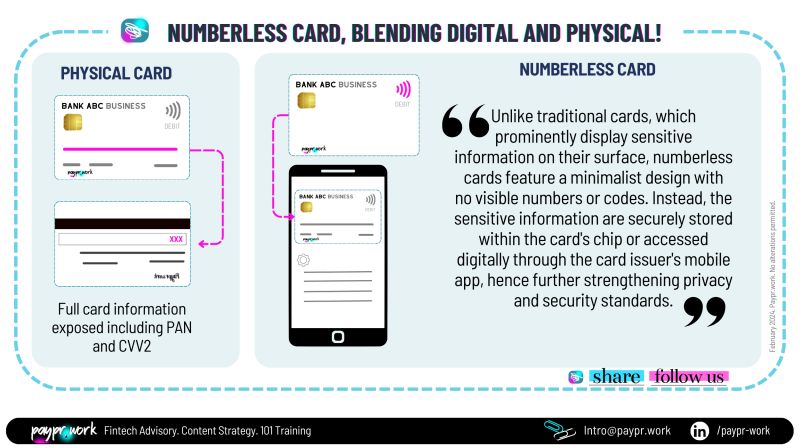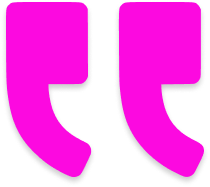Payment fraud has surged globally since 2011 and industry projections unfortunately indicate that this trend will continue to escalate.
Despite the proliferation of alternative payment methods, card payments remain a primary target for fraudsters due to their widespread usage and susceptibility to exploitation. Some common card fraud methods involve thieves obtaining card information, like the card number and CVV code, through illicit means such as the dark web, data breaches, or card skimming on compromised terminals or ATMs.
According to Thales, around 3 billion cards are issued every year and the total number of cards in use exceeds seven billion.
For decades, bank cards followed a largely uniform design, typically featuring the account holder’s name, a lengthy card number, expiration dates, and security codes. Today, across major economies globally, there has been a surge in the adoption of cutting-edge payment card technologies by banking and fintech companies. These innovations include virtual cards, biometric cards, and numberless cards. Each of these advancements offers varying levels of security and simplicity in financial transactions.
Numberless cards are gaining traction among card issuers as a more secure alternative to traditional cards. Curve, a UK-based payments company, was the pioneer in introducing the concept of a numberless card in 2020.
Unlike traditional cards, which prominently display sensitive information on their surface, numberless cards feature a minimalist design with the cardholder’s name and no visible numbers or codes on the front. Instead, the sensitive information like the PAN and along with the card verification value (CVC2) are securely stored within the card’s chip or accessed digitally through the card issuer’s mobile app, hence further strengthening privacy and security standards.
Since Curve introduced the concept, other major banks and issuers have adopted the numberless card trend. This includes Barclaycard, NatWest, HSBC, first direct and others.
Before Neobanks, the physical card issuance was a prerequisite for subsequent digital card issuance. Their digital-first approach created a direct, instantaneous digital channel, independent from the physical card issuance process.
Some may view the shift of card numbers, either to the back of the card or their elimination altogether, as merely an aesthetic choice made by banks. However, given the growing prevalence of smartphones, it is undeniable that numberless cards are creating a secure environment that blends the advantages of virtual cards with the tangible nature of physical cards.
#paymentsexperts, any insights or perspectives to add🎤?
—-
𝙇𝙞𝙠𝙚 𝙩𝙝𝙞𝙨 𝙘𝙤𝙣𝙩𝙚𝙣𝙩?
✅ Follow Paypr.work [ˈpeɪpəwəːk]🚀
✅ Let’s collab 📧intro@paypr.work
✅ Learn more: https://paypr.work

— Paypr.work Disclaimer – The views and opinions expressed in this article are those of the Paypr.work author, writer or researcher and do not necessarily reflect the official policy or position of Paypr.work as a company. The visuals included are simplified representations meant for personal learning and should not be construed as official guidance or endorsement. They are not intended as promotional material unless explicitly stated otherwise. Please use this content for informational purposes only, should you require consultation or wish to use our material for purposes beyond personal learning, please get in touch with us directly at members@paypr.work.
Paypr.work blends payment knowledge and custom research into a simplified yet insightful narration. Our narratives feature visually engaging designs that break down both fundamental and complex payment jargons into bite-sized, repetitive micro-concepts to promote better comprehension and retention.
Sign up for a Paypr.work Premium Membership to exclusively access all of our payment resources, including our full articles, industry insights, ecosystem maps, reports, videos, and our unique library of bespoke infographics.
Don’t miss out— sign up to learn payments in a captivating way!



You have provided so much light and knowledge in a fascinating world. You definitely bring the fun to Fintech like no one else and actually know what you are talking about! Thanks goodness for you😁!

Vice President Global Product Expansion, Shift4
Impressive, congratulations Sandra and Team Paypr.work. The detail in each of your 100+ infographics is outstanding and showcases your expertise well… Continued success for this remarkable work!

LinkedIn Strategist | Digital Transformation Leader

Host of Heads Talk
Your diagrams have the ability to explain the most complicated of topics in way that can be understood by anyone. Not many people have the ability to create self-explanatory visuals, so keep doing your magic 🔥🔥🔥!

CEO & Co Founder of CLOWD9
Your content is so informative, accurate, and fabulously presented in infographics that always attract great attention. Your visuals naturally spark strong engagement regardless of the LinkedIn algorithms !

B2B Marketing, Marqeta
The depth of Paypr.work knowledge and skill sets are truly impressive. Their ability to combine deep industry expertise with well-depicted visual is pretty unique. I strongly recommend Sandra and Paypr.work !

Director EMEA Payment Solutions, Marriott International
👏👏 👏👏 👏👏 I always love your content and in fact, I am so happy for all of us in the industry… we’re lucky to have you sharing your payment wisdom with us 🤓… thank you! Keep up the great work.

Strategic Accounts Director, Truelayer | Payments and Fintech Geek
Merci Sandra pour ta facilité à vulgariser le paiement via de simples dessins, qui me surprendront toujours. Pour ceux qui ne connaissent pas son travail, je vous invite à suivre Paypr.work [ˈpeɪpəwəːk]!

Product Manager Paiement, Maisons du Monde
Your enthusiasm and ability to simplify Payments is so refreshing and literally shines through! Sandra and her team research, write content and create some stunning infographics for the payments industry….

Chief Operations Officer, Clowd9
Keep up the good work and know that your hard work and dedication is so inspiring for all of us. You are truly doing an incredible job and your consistent efforts don’t go unnoticed.

Chief Community Officer, NORBr | Redefining Payment Infrastructure | Linkedin Top Voice
Your posts are a masterclass in how payments have evolved from a basic utility to a strategic asset. Your ability to simplify this complexity and provide strategic direction along with implementation support is so invaluable. The clarity and depth you provide are exactly what this fast-evolving industry needs.

Chief Commercial and Operations Officer, Soffid
The mechanics of all things payment are a black box for most industry stakeholders. With the help of their well researched and designed infographics, Sandra and her team at Papr.work demystify complex flows and create awareness about the factors that play a role in the end to end processes.

Paul van Alfen | Managing Director Managing, Up in the Air - Travel Payment Consultancy
Your Paypr.work subscription gets you full access to all Paypr.work content in 1 place including: our weekly new payments articles, our infographic blog, exclusive discounts on all the services that Paypr.work has to offer and the opportunity to collaborate on free infographic to promote your knowledge/value proposition and more. The content is for personal use and cannot be copied, reproduced, redistributed, altered, modified, shared publicly or with third-party nor can derivatives of the work be created. The user may share content that is available through the free blog access subject to crediting Paypr.work with the attributions.